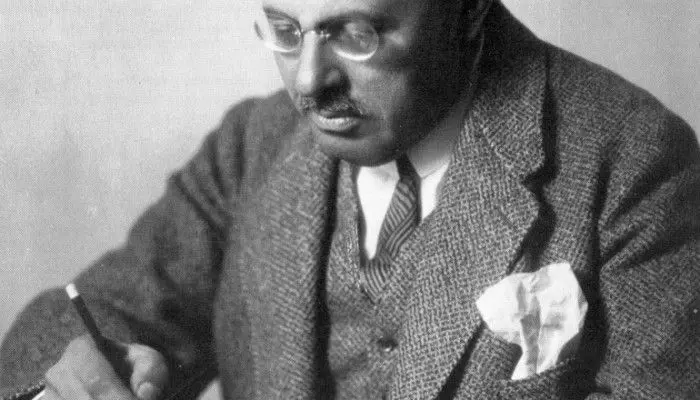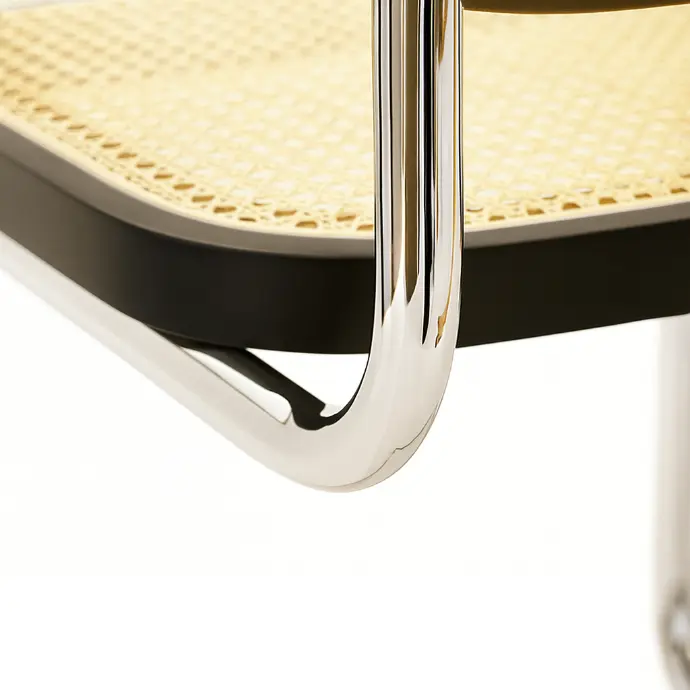
Product Details

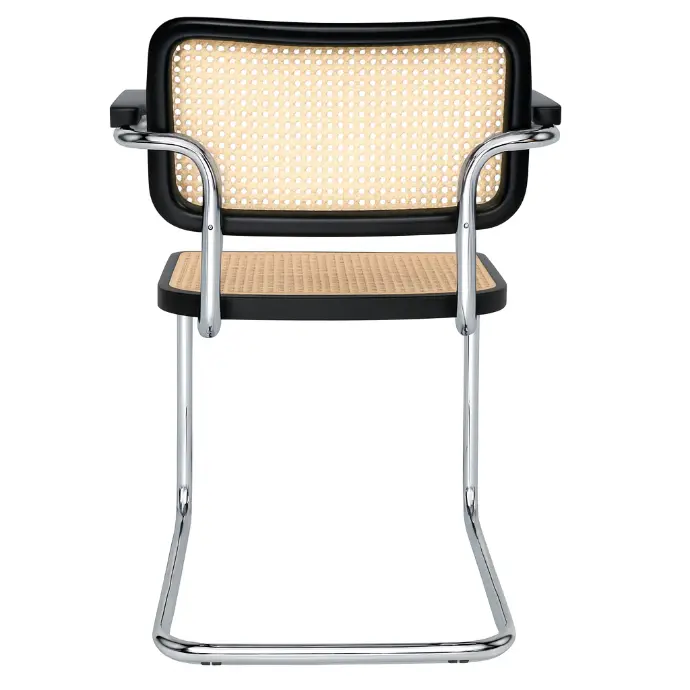
The Cesca Chair offers a flexible and slightly springy seating experience thanks to its cantilevered design. The woven cane provides breathable comfort and gentle support, adapting subtly to the sitter’s shape. Its lightweight frame allows for easy movement, while its minimalist geometry makes it suitable for both dining and office use without visual clutter.
Comfort & Functionality
Materials & Finish
The Cesca Chair combines a tubular steel frame with a polished chrome finish that resists scratches and corrosion. The seat and backrest are crafted from handwoven natural cane mounted in a solid wooden frame, typically beech, with a clear or stained finish that highlights the wood grain. The mix of steel, wood, and cane expresses the Bauhaus ideal of combining industrial technology with traditional craftsmanship.
Construction
The frame is formed from a continuous, precision-bent tubular steel element that creates the cantilever structure. The seat and backrest are securely fastened into the steel frame by the wooden support elements, ensuring stability and durability. The cantilever design reduces the need for rear legs while maintaining strength, and rounded edges on both wood and steel improve safety and extend the lifespan.
Size and Packaging of the Product

Product Dimensions
Item is fully assembled

Box Dimensions
packed 2 in 1 Box
Available Color Options
The seat material is composed of finely handwoven rattan cane, tightly stretched within a precision-machined beechwood frame, ensuring tensile strength, breathability, dimensional stability, and long-term durability under continuous seating loads.
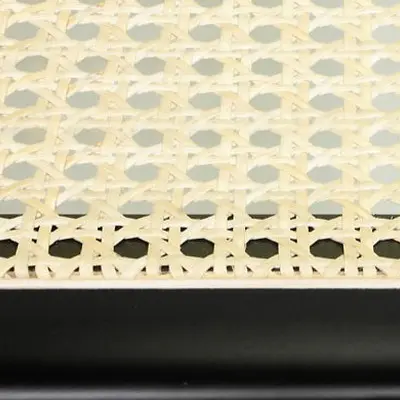
Black
Frame
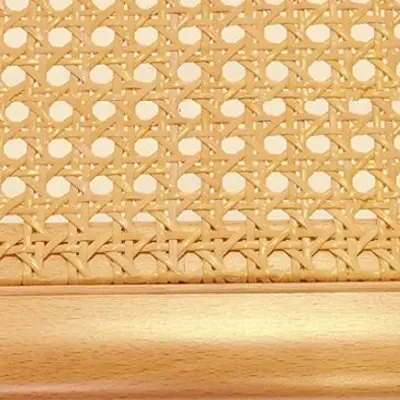
Nature
Frame
Marcel Breuer
Marcel Breuer (1902–1981) was a Hungarian-born modernist architect and designer, celebrated as one of the most influential figures of the Bauhaus movement. Trained at the Bauhaus in Weimar, he quickly rose to prominence with his innovative use of tubular steel in furniture, most notably the Wassily Chair (1925). Breuer later emigrated to the United States, where he taught at Harvard and worked with Walter Gropius. His architectural career produced iconic works such as the UNESCO Headquarters in Paris and the Whitney Museum in New York. Breuer’s rational, functional approach shaped modern design and continues to inspire architecture worldwide.
?unique=389845d)
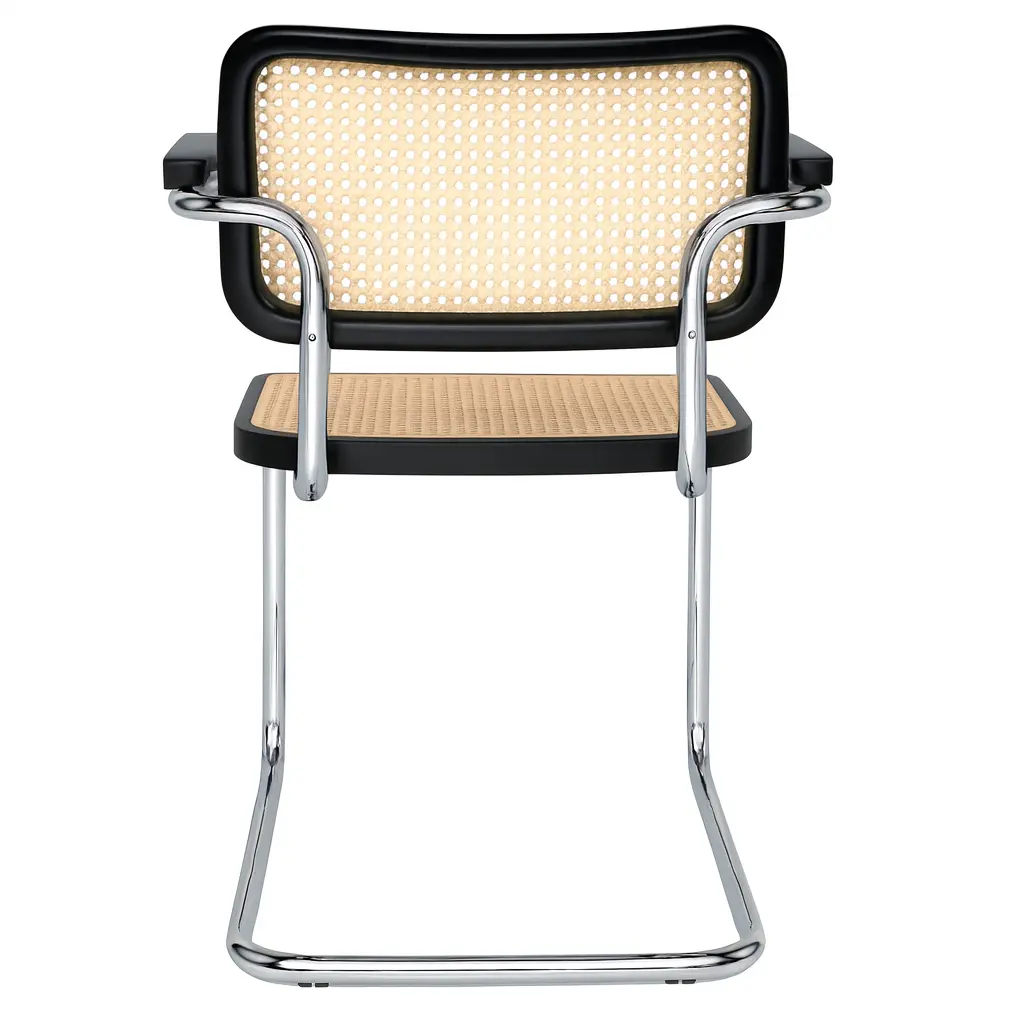
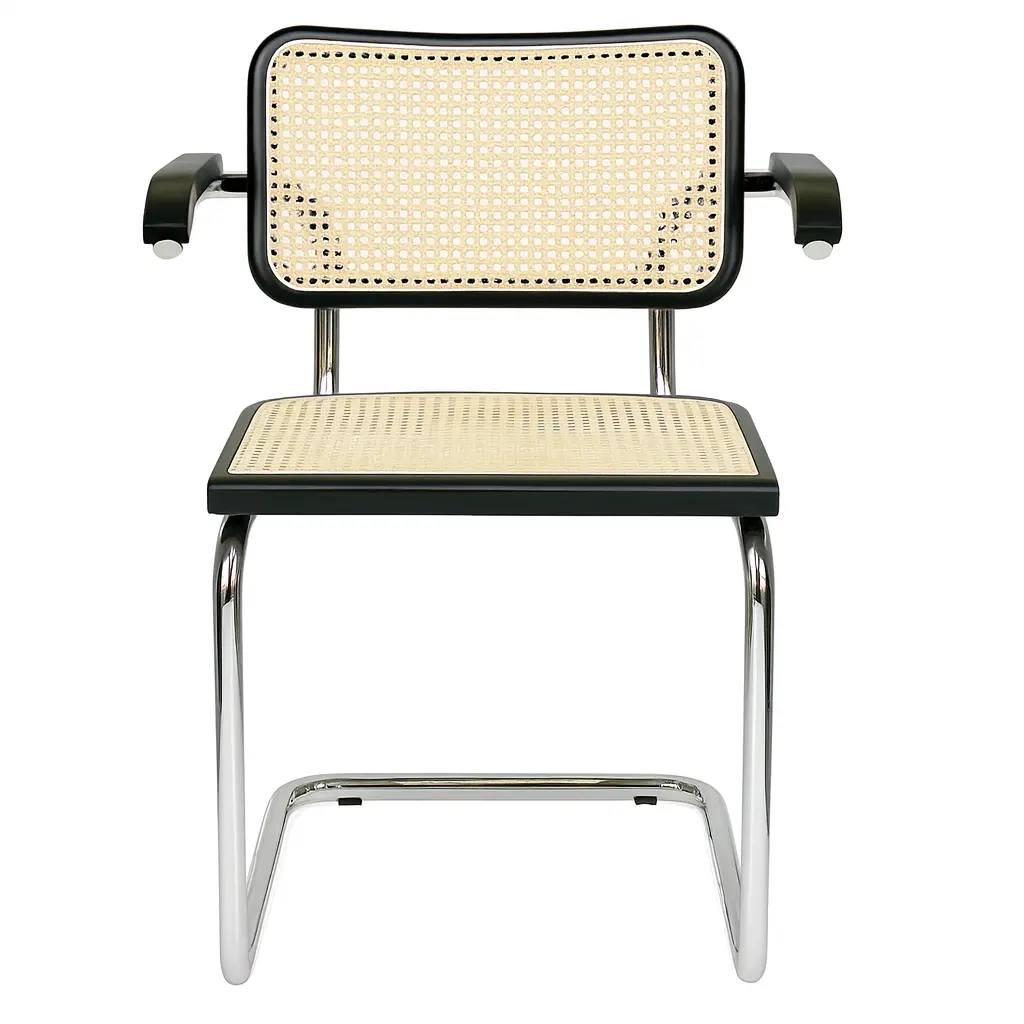
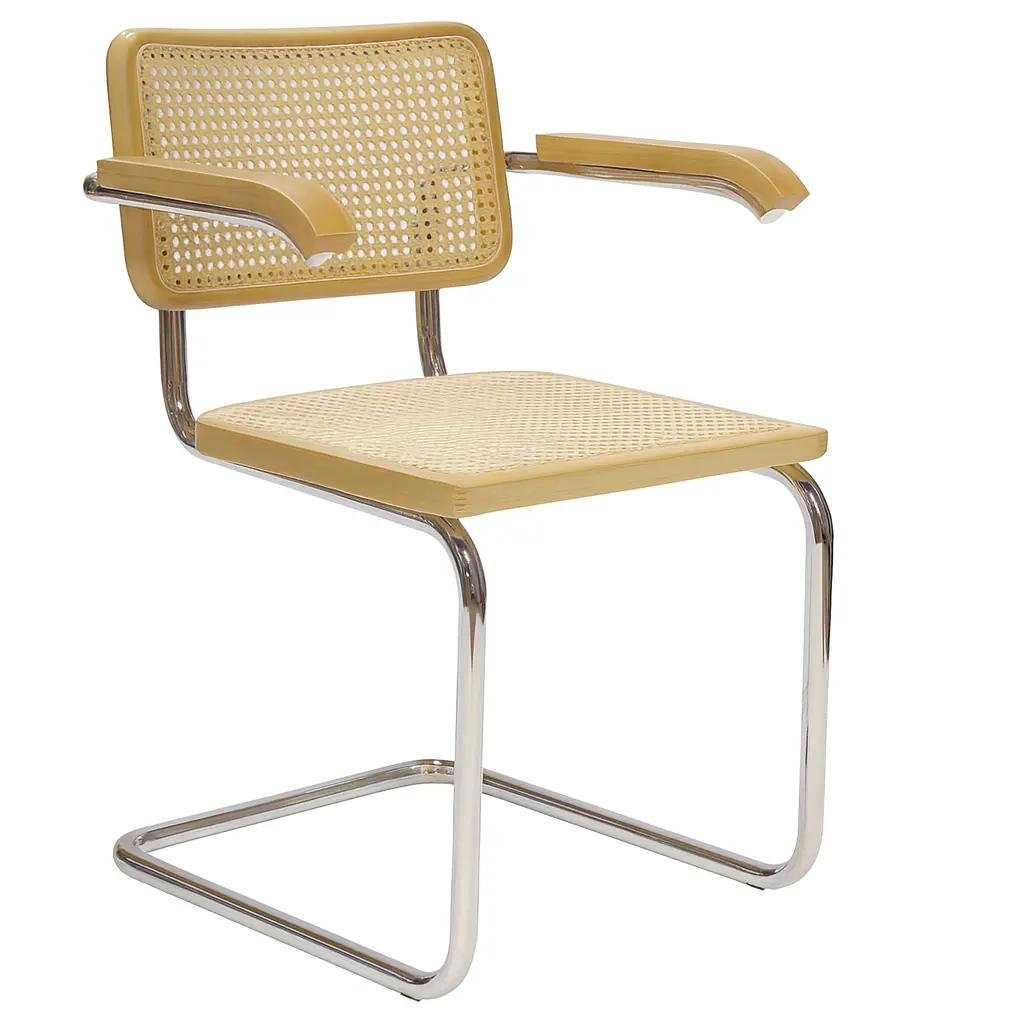
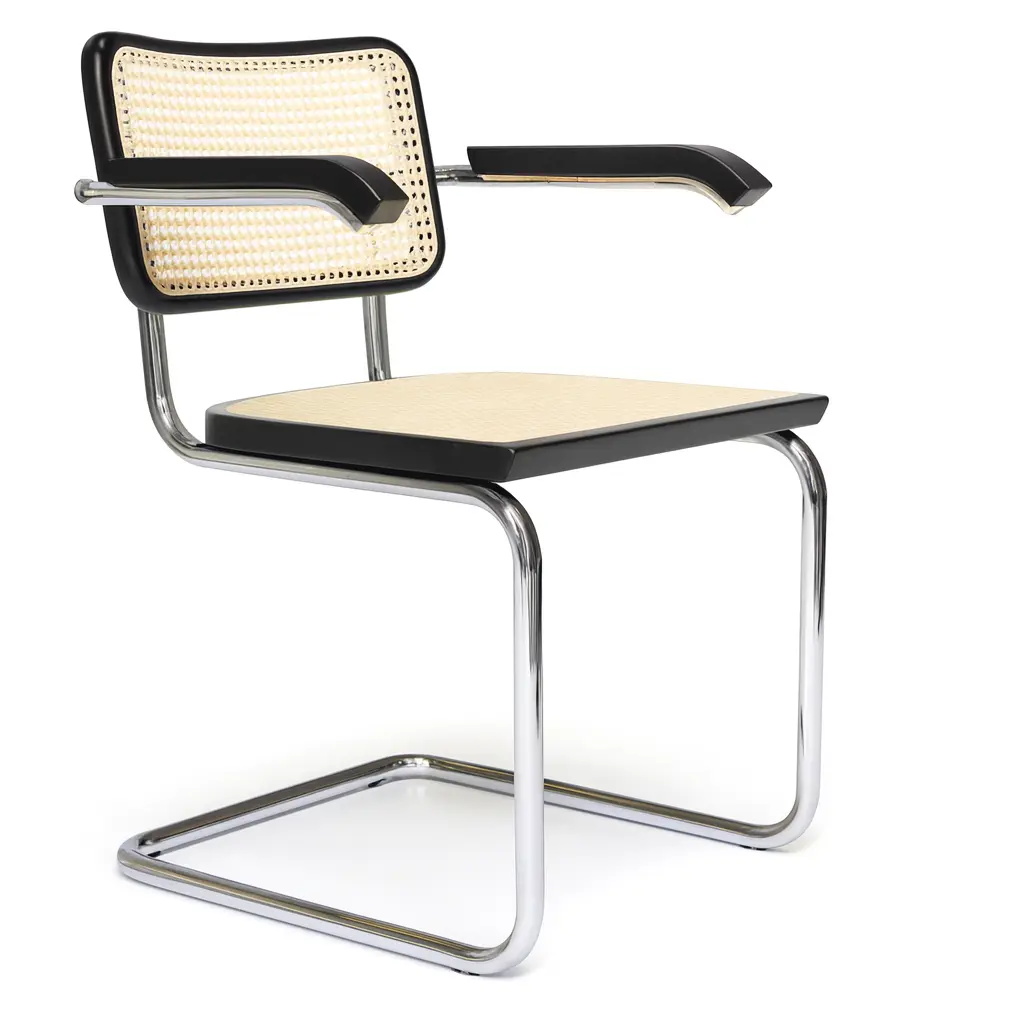
?unique=389845d)




